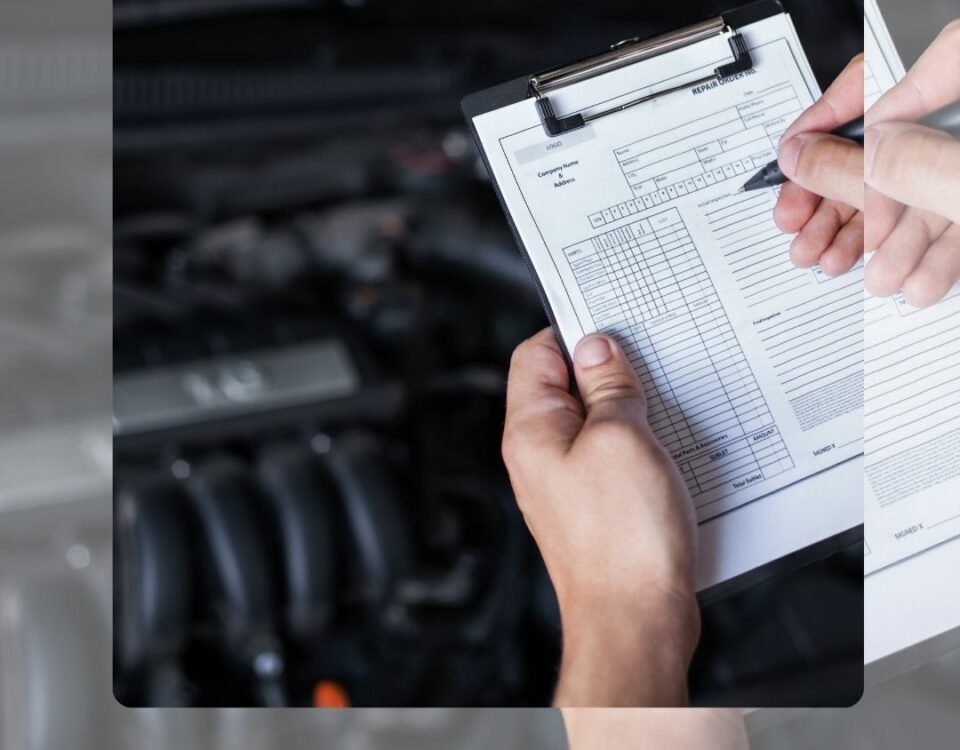
How a Professional Vehicle Inspection Ensures Your Car Passes the Inspection Process
September 10, 2024
The Vehicle Inspection Process: What to Expect During a Routine Check
September 10, 2024In the realm of vehicle inspection, the evaluation process is meticulous, encompassing a thorough examination of both exterior and structural components as well as mechanical and electrical systems. Inspectors scrutinize bodywork, panels, and paint for signs of damage, rust, or corrosion, which could indicate potential compromises in structural integrity. Additionally, precise measurements of panel gaps ensure alignment consistency. The mechanical assessment covers critical systems such as the engine, transmission, brakes, suspension, and steering for functionality and safety, while the electrical system is rigorously tested for battery performance, alternator output, and wiring integrity. Understanding the intricacies of these evaluations reveals…
Exterior and Structural Components
During the vehicle inspection process, evaluating the exterior and structural components is a critical first step. This stage involves a meticulous assessment of the vehicle’s bodywork, including the condition of panels, paint, and structural integrity. Inspectors use precision instruments to measure panel gaps, ensuring consistency and alignment which indicate the vehicle’s structural soundness.
Attention is given to identifying rust, corrosion, or damage that could compromise the vehicle’s safety. Inspectors scrutinize areas prone to wear, such as wheel arches and door sills, for early signs of deterioration.
The condition of the windshield, windows, lights, and mirrors is also assessed, ensuring they meet safety standards and provide optimal visibility.
The structural integrity extends to the frame or chassis. Professionals employ techniques like visual inspection and, if necessary, utilize specialized equipment such as frame alignment machines to detect any deviations or weaknesses. This is crucial for confirming that the vehicle has not been compromised by previous accidents or improper repairs.
Mechanical and Electrical Systems
With the exterior and structural components thoroughly evaluated, the focus shifts to the mechanical and electrical systems of the vehicle. Meticulous scrutiny is essential to ensure these systems function optimally, providing both safety and performance.
Key areas include:
- Engine and Transmission: Inspect the engine’s condition, checking for leaks, unusual noises, and proper operation. The transmission system is evaluated for smooth shifting and any signs of wear or malfunction.
- Braking System: The braking system is paramount for safety. Inspectors check brake pads, rotors, calipers, and brake fluid levels, ensuring effective stopping power and absence of leaks.
- Electrical System: The vehicle’s electrical system encompasses the battery, alternator, starter motor, and wiring. Inspectors test the battery’s charge, alternator output, and overall wiring integrity to prevent electrical failures.
- Suspension and Steering: The suspension and steering systems are assessed for wear and damage. Components like struts, shocks, bushings, and the steering linkage are scrutinized to ensure stability and control.
The vehicle inspection process meticulously evaluates exterior and structural components for damage, rust, or corrosion, ensuring the vehicle’s integrity. Panel gaps are precisely measured for alignment consistency. Mechanical systems, including the engine, transmission, brakes, suspension, and steering, are scrutinized for operational efficiency and safety. The electrical system undergoes thorough testing for battery charge, alternator output, and wiring integrity, guaranteeing optimal performance. This comprehensive inspection ensures reliability, safety, and structural soundness, maintaining the vehicle’s overall functionality and longevity.





